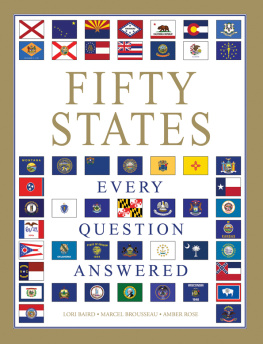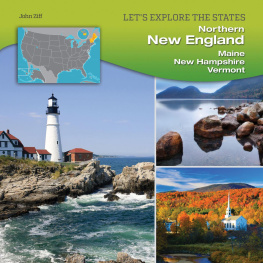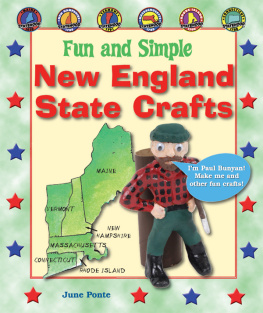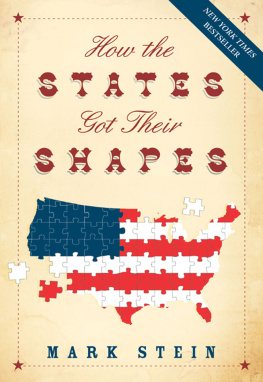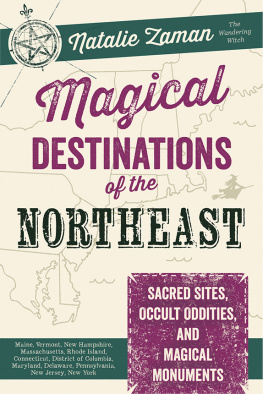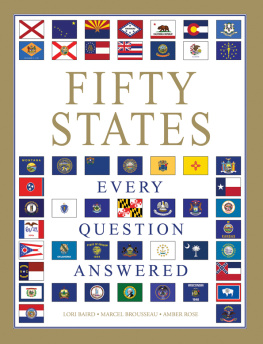FIFTY STATES
Every Question Answered

Lori Baird Marcel Brousseau Amber Rose

San Diego, California

This edition published in 2014 by Thunder Bay Press
An imprint of the Baker & Taylor Publishing Group
10350 Barnes Canyon Road, San Diego, CA 92121
www.thunderbaybooks.com
Copyright 2014 Moseley Road Inc.
Moseley Road Inc. www.moseleyroad.com
Art Director: Brian MacMullen
Senior Editor: Ward Calhoun
Desginers: Eunho Lee, Hwaim Lee
Photo Research: Benjamin DeWalt
Production: Eunho Lee
2008 by Hylas Publishing. The 2008 edition was published by Metro Books,
by arrangement with Hylas Publishing.
Copyright under International, Pan American, and Universal Copyright Conventions. All rights reserved. No part of this book may be reproduced or transmitted in any form or by any means, electronic or mechanical, including photocopying, recording, or by any information storage-and-retrieval system, without written permission from the copyright holder. Brief passages (not to exceed 1,000 words) may be quoted for reviews.
Thunder Bay is a registered trademark of Baker & Taylor. All rights reserved.
All notations of errors or omissions should be addressed to Thunder Bay Press, Editorial Department, at the above address. All other correspondence (author inquiries, permissions) concerning the content of this book should be addressed to Moseley Road Inc.,123 Main St., Irvington, NY 10533.
Library of Congress Cataloging-in-Publication Data
eISBN: 978-1-62686-269-2
eBook edition: December 2014
FIFTY STATES TABLE OF CONTENTS
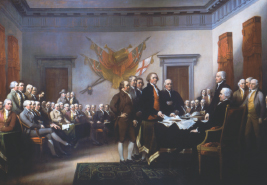
John Trumbulls Declaration of Independence (1817) depicts the founding fathers 1776 presentation of the draft of the Declaration of Independence, which asserted American sovereignty, at Philadelphias Independence Hall.
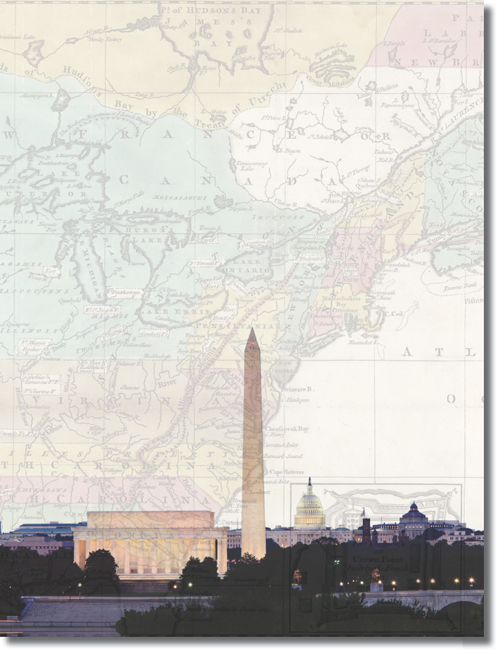
The Lincoln Memorial and Washington Monument dominate the National Mall in Washington, D.C. At the east end of the Mall sits the United States Capitol, home to the United States Congress, where senators and representatives from all 50 states convene.

Morning mist cloaks the Chattahoochee River in northern Georgia
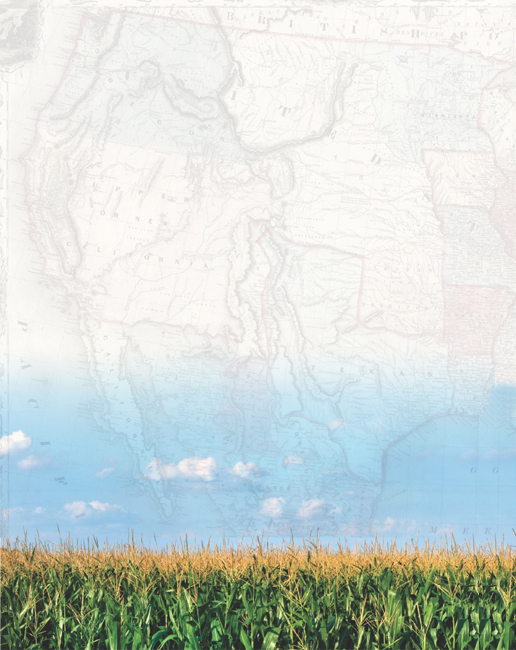
The midwestern United States produce nearly half of the worlds corn harvest.
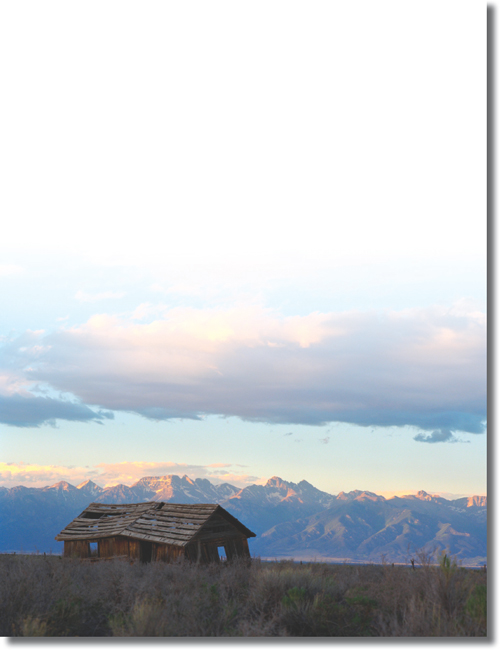
Nature reclaims a dilapidated cabin in the shadow of Colorados towering Sangre de Cristo Range.
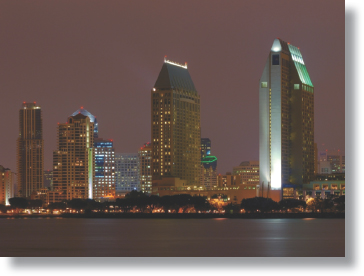
The San Diego skyline turns fluorescent as night falls on Californias southernmost metropolis.
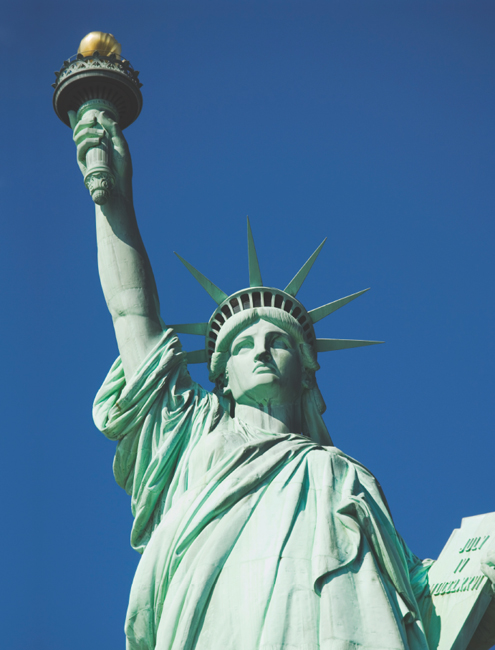
An 1876 French gift to the United States, the Statue of Liberty has become a symbol of the American ideals of democracy and freedom.
I n the beginning, they came from well, nobodys quite sure about that anymore. For many years, anthropologists believed that the earliest Americans migrated from Asia across the Bering Land Bridge, which linked what is now Alaska and Siberia. Once across, these Paleolithic pioneers, known as the Clovis culture, moved south and east, populating both North and South America. But this history has recently been disputed, due to archaeological and genetic discoveries, and now the earliest Americans seem less unified in their ancestry than previously thought. Some say that a seafaring culture may have settled western North America before the Clovis culture pushed south from Alaska. Others speculate that Paleolithic Europeans walked a coast of North Atlantic ice to occupy the northeastern United States. Consensus will take some time to form. The Clovis culture may have populated the entirety of the Americas, after all. But perhaps, as the last ice age receded, America was a prehistoric melting pot.
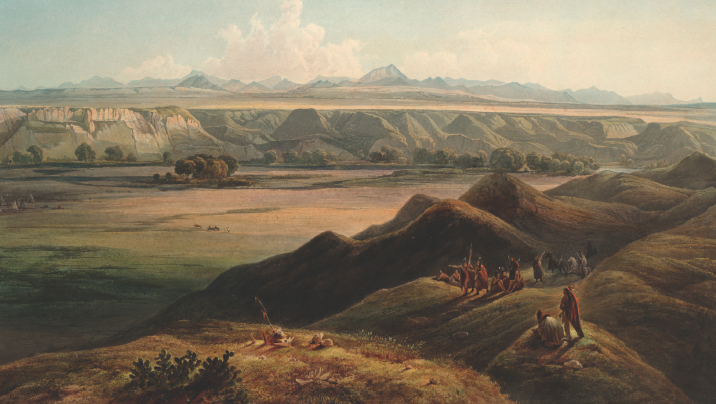
Colonization brought Plains Indians the horse but also brought conflict with American settlers, who had spread over the West by 1900.
Multicultural origins would be appropriate for the entity now called the United States of America. Millennia after those Paleolithic migrations, myriad Indian nations populated the entirety of this land, speaking varied languages, worshipping a range of deities, and following numerous paths of cultural expression. They farmed and hunted the flora and fauna of multiple ecosystems, from the wooded river valleys of the Northeast, to the sticky swamplands of the South, to the harsh desert country of the Southwest. Today, Americas indigenous people are collectively called American Indians, but it was not long ago that they existed apartunited through trade and mutual interest, and divided in battle for land and resources. It was cultural calamity that drove Americas diverse Indian nations to ally as one unified culturecalamity resulting from droves of European immigration to the Americas, and the devastating disease and warfare that accompanied the settlers. Such gatherings of disparate groups into a unified whole occur time and again in the narrative of the United States.

Crowded Manhattan in 1900. From 1892 to 1954 more than 12 million immigrants were naturalized at New York Citys Ellis Island.
Founding a Diverse Republic
The immigrants sailed from Spain first, then England, Holland, and France. They came from Germany, Scotland, and Ireland. They staked separate claims and settled what seemed a virgin land. The Spanish colonized what is now the southern United States, from Florida west to California. The English colonized the Atlantic coast, from Georgia to Maine. The Dutch occupied the Hudson Valley of New York, and the French colonized the Midwest, from the Great Lakes along the Mississippi River all the way south to Louisiana. The Germans pushed inland through Pennsylvania, and the Scots-Irish rooted in Appalachia. African slaves, imported by the millions, were held in bondage across the eastern seaboard, in particularly large numbers on the tobacco plantations of the southern colonies.

